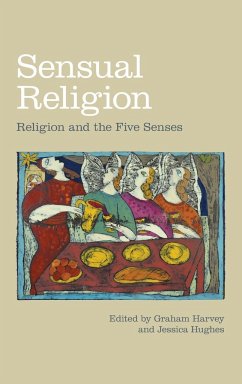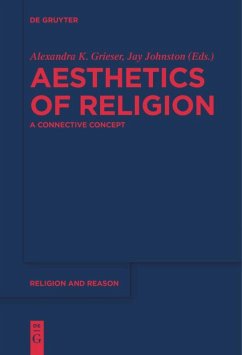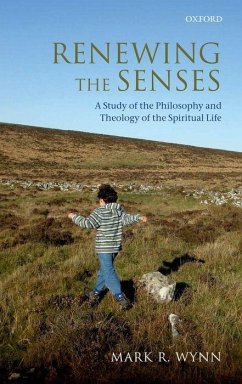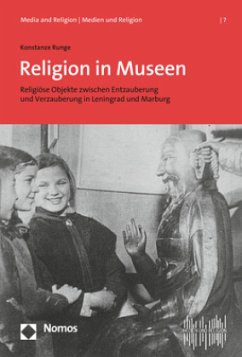
Religion and Senses of Place
Versandkostenfrei!
Versandfertig in 1-2 Wochen
114,99 €
inkl. MwSt.

PAYBACK Punkte
57 °P sammeln!
Precisely because religion involves bodily and sensual activities, it happens in places. Indeed, religious locations are among the most vibrant, colourful, dramatic and engaging aspects of many cultures. Religiously important places are richly expressive of all that is important to particular communities - at the same time potentially illustrating all that is objectionable to others. Single trees, springs, mountains, rivers or other 'found places' are selected as the focal points of some religions' festivals, ceremonies and narratives. Such activities do not leave such places as they were foun...
Precisely because religion involves bodily and sensual activities, it happens in places. Indeed, religious locations are among the most vibrant, colourful, dramatic and engaging aspects of many cultures. Religiously important places are richly expressive of all that is important to particular communities - at the same time potentially illustrating all that is objectionable to others. Single trees, springs, mountains, rivers or other 'found places' are selected as the focal points of some religions' festivals, ceremonies and narratives. Such activities do not leave such places as they were found but shape them as they continue to shape continuing religious developments. This volume examines senses of place in which people not only perform religious acts in particular places but also understand emplacement / belonging to be key features of their religious practices and identities. Such places include specific local shrines and large territories. Religion and Senses of Place focuses on case studies of religions originating in South Asia and those identifiable as 'Indigenous'. A range of phenomena expressive and educative of senses of place are discussed in this volume. They include the presence and presentation of religion in shrines, museums, homes and other places; pilgrimages, diasporas, exiles, dislocations, border crossings, inter-religious performances and other styles of movement; cosmologies; auspicious and inauspicious locations; topophilia and utopianism; and more. The contributions in the volume come from scholars with expertise in a range of approaches and methods in order to illustrate the breadth of possibilities for studying religious senses of place. Students and scholars of religion, geography and other interactions between humans and the wider world will find Religion and Senses of Place inspiring, especially for its focus on the many senses.














